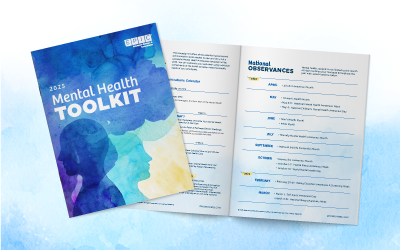The last couple of years ushered in a tsunami of products and innovations attempting to tackle a piece of the healthcare market. “Point solutions,” designed to address a niche of the $3 trillion health market (think: diabetes, mental health, orthopedics, infertility, fitness, financial wellness), and broad-scale disruptors of provider networks and member purchasing habits (Garner, Centivo, ELAP Services, Northwell Direct) have been sprouting up by the hundreds – all fueled by billions in venture capital backing and the incessant desire of employers to stand out in a super-competitive labor market with the broadest menu of product offerings. Optum Ventures, the venture capital arm of UnitedHealth Group, founded in 2017, initially backed a couple of dozen startups but has subsequently tripled their portfolio in just the last 12 months – approaching 60 investments and exceeding a half-billion dollars in capital outlay – with no signs of slowing down.
Viewpoints from Adam Okun
But the deluge of products has become dizzying for clients and consultants to manage.
In fact, several clients have recently remarked that despite their best intentions, they don’t believe they are getting much value for their employees with these broad product offerings. The benefit guides and open enrollment materials effectively communicate the products but the employees remain clueless about all the services and many receive little utilization. And the remote work environment has not helped as employees are already overwhelmed with communications and have little bandwidth to learn more while they attempt to just keep their heads above water.
So what should an employer do; especially given that many of these products are going to profoundly change healthcare delivery and enhance member experiences?
Our advice is to approach point solutions like any voluntary benefit and wellness program rollout.
Consider the timing of any product introduction.
Perhaps there is a quieter time of year – outside of open enrollment – when it’s easier for employers to grab employees’ attention? Be deliberate and apply appropriate spacing between rollouts.
Be methodical about company philosophy and the intent of each product.
Is there a broader conversation around family planning, so that multiple products can be bundled together under one banner? A campaign around a specific disease or issue states that senior management has a compelling story to address.
Watch your words.
Narratives are vital to helping people understand the value of the service – but too many narratives work against communication.
Consider branding the offerings under a unique company name.
Employees appreciate the suite of products under a rewards-style program that is familiar to them.
Healthcare disruptors are here to stay.
Though the market will eventually thin out, many products have significant funding at their backs and super-ambitious leadership teams with energy and resilience. It’s critical employers devote time to review the market and determine what value would be best extracted for their population. We are here to help you through that process.
EPIC offers these opinions for general information only. EPIC does not intend this material to be, nor may any person receiving this information construe or rely on this material as, tax or legal advice. The matters addressed in this article and any related discussions or correspondence should be reviewed and discussed with legal counsel prior to acting or relying on these materials.
THE 2022 COMPLIANCE WEBINAR SERIES IS HERE!
Register for Our 2022 Employee Benefits Compliance Webinars
Related Content
Products
Employee Benefits Consulting
Our dedicated benefits team is focused on delivering better outcomes – to both your benefits program and ...
Products
Communications & Engagement
Our Communications & Engagement team develops effective campaigns that enhance workforce awareness and ...
Products
Actuarial
Our Actuarial Team provides guidance on employee benefits and health and welfare programs to help meet ...



